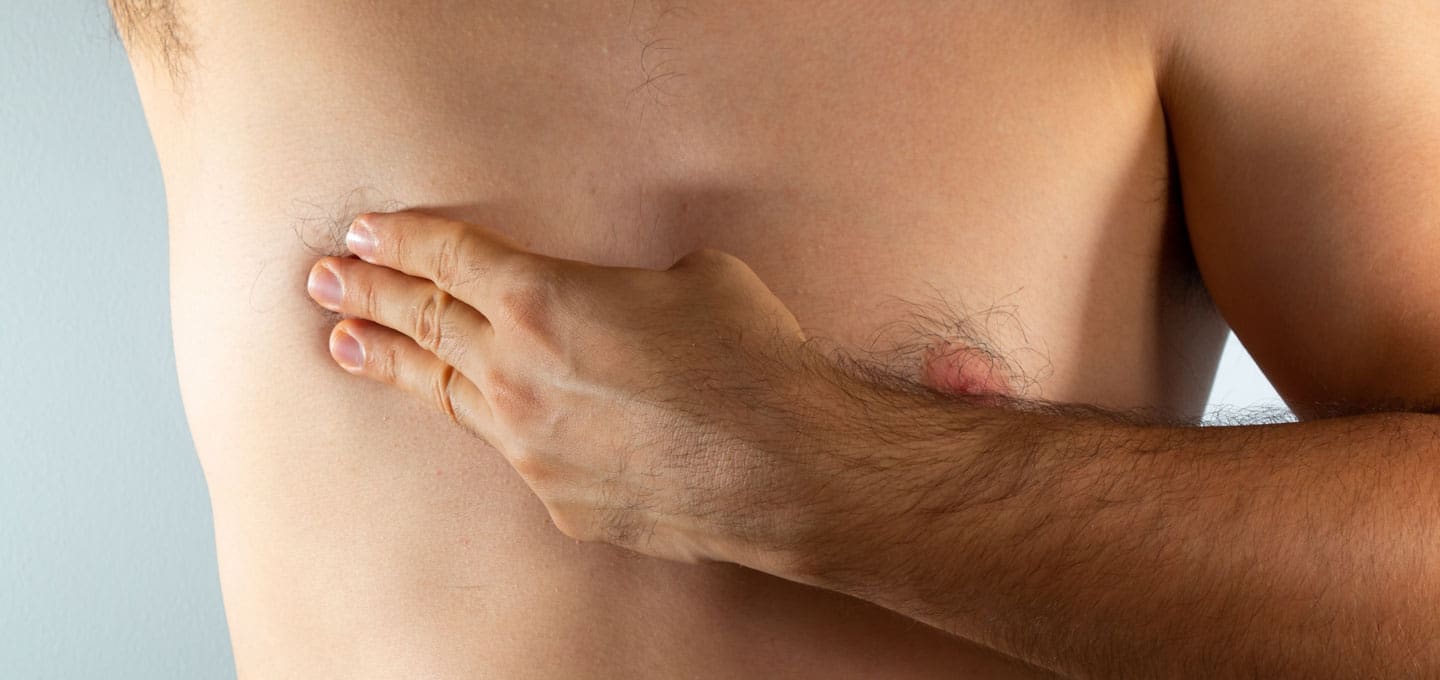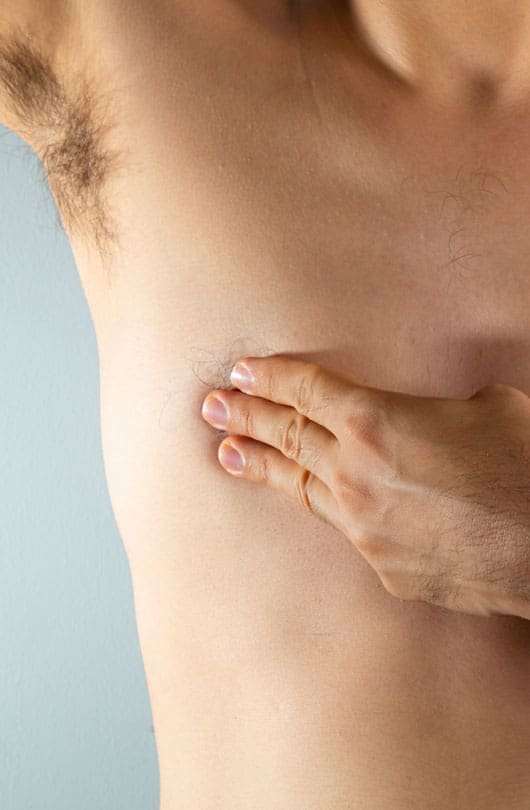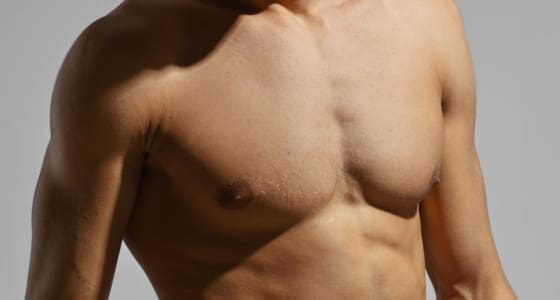This condition is characterised by swollen or overdeveloped breasts and can affect one or both sides. Gynecomastia is relatively common and can occur at any age, but most commonly develops during puberty and in older age.
The causes of gynecomastia are varied. Hormonal imbalances, particularly an imbalance between oestrogen and testosterone, can contribute to breast tissue growth. During puberty, hormonal fluctuations can lead to temporary gynecomastia, which often resolves on its own. In older men, a decline in testosterone levels relative to oestrogen can contribute to the development of breast tissue.
Certain medications, including some antidepressants, antiandrogens, and anabolic steroids, can also cause gynecomastia as a side effect. Lifestyle factors such as excessive alcohol consumption, drug use, and obesity may contribute to the condition. In the majority of cases, the exact cause remains unknown.
The impact of enlarged male breasts on appearance and body image can be substantial. Societal norms and expectations often associate masculinity with a flat, muscular chest. Consequently, individuals with gynecomastia may experience feelings of self-consciousness, embarrassment, or dissatisfaction with their bodies.
Clothing choices may be influenced by the desire to conceal the condition, and activities such as swimming or going shirtless may be avoided. Body image concerns can extend to emotional well-being and may affect self-esteem and confidence, especially during adolescence when peer comparisons are common.
Addressing gynecomastia may involve lifestyle changes, discontinuing medications contributing to the condition, or, in more severe cases, surgical intervention. Male breast reduction surgery is a frequently performed procedure, which involves the removal of excess tissue and reshaping the chest. It can help to provide relief from both physical discomfort and the psychological impact of gynecomastia.










